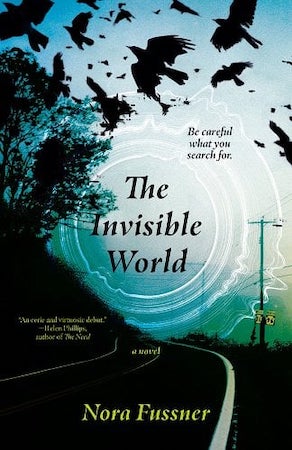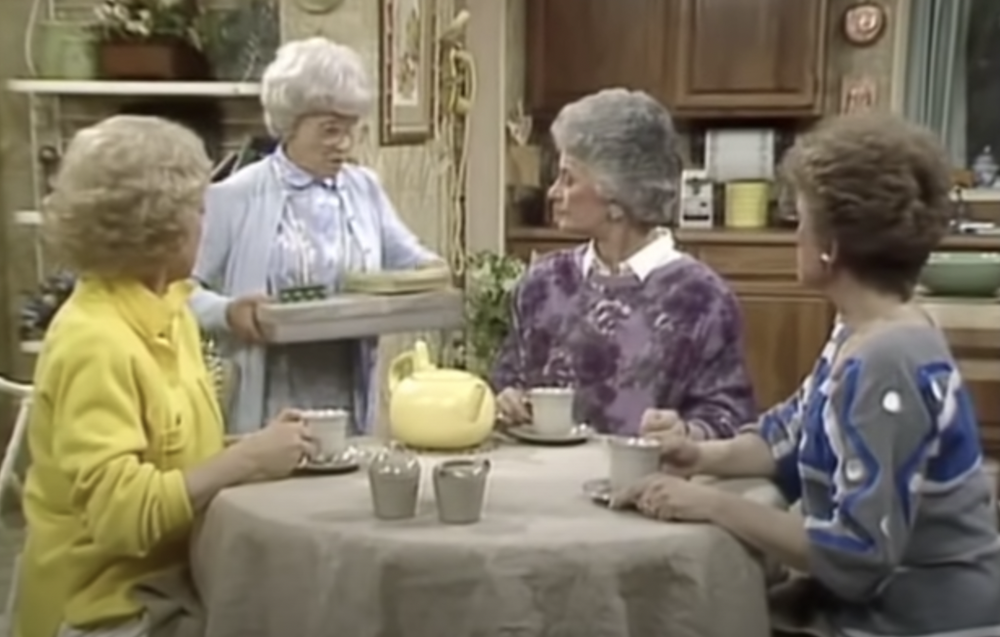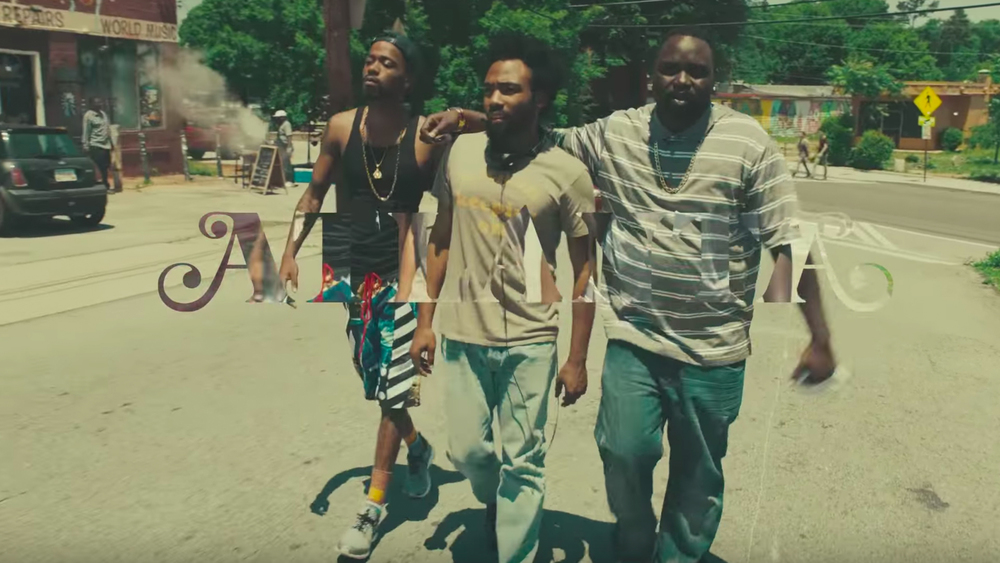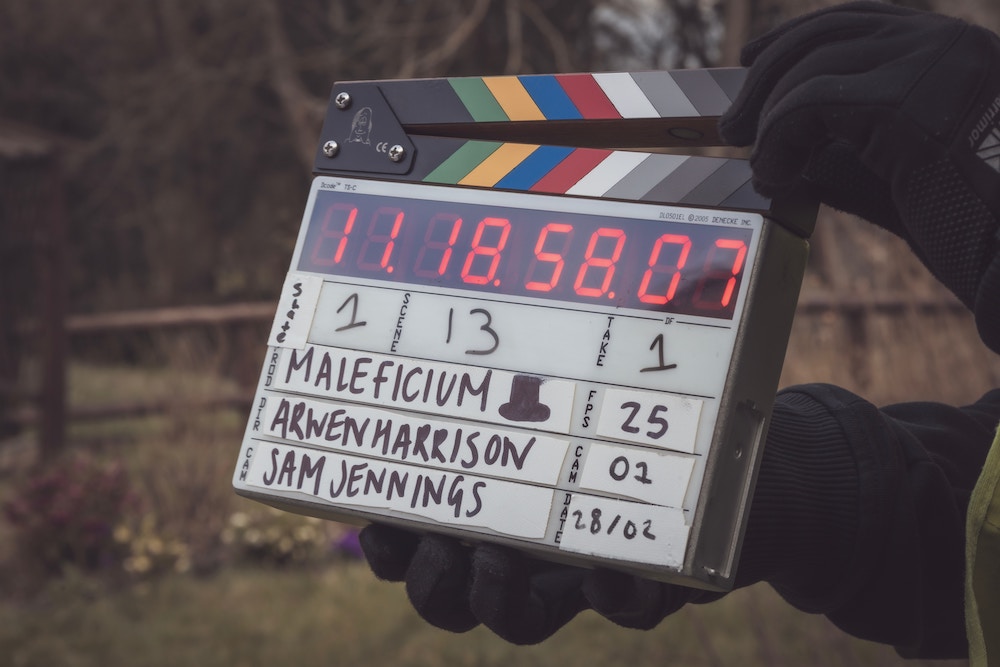Reading Lists
8 Novels Using Television As a Plot Device
The characters in these books are on TV, want to be on TV, or use television to figure themselves out
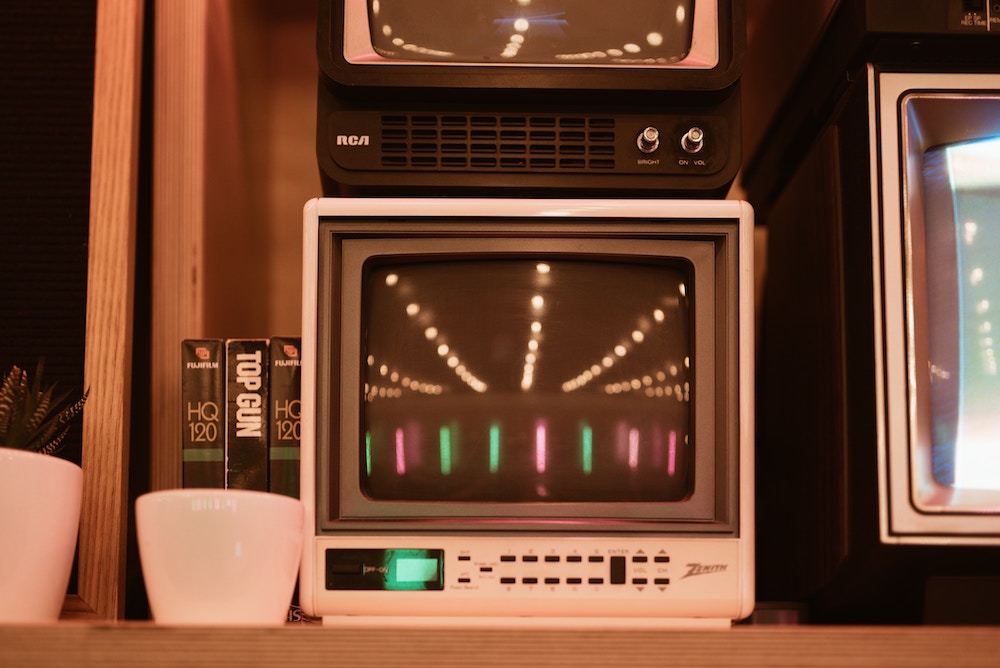
Writing about pop culture and current technology is always a gamble, pitting critique of the present against longevity, a story that will still feel relevant after we’re gone. But for novelists (present company included) who were exposed to the Real World before the, um, real world, reality TV is hardly a trend. We’ve grown up seeing ordinary people use the medium to solve myriad problems–or create them. And who among us hasn’t considered how we’d fare on Survivor, or snarkily judged a dish we’ve only watched being prepared? The past year has seen a notable wave of books that incorporate television—and particularly reality TV—into their premises, though examinations of the medium go back farther than you might expect.
In my novel, The Invisible World, Eve and Ryan Hawthorne suspect their house is haunted, and they reach out to a reality show first. It’s the mid-aughts, the height of paranormal TV fever, and among the glut of shows they end up on one of the more middling options, Searching for… the Invisible World, a late addition to the mix. Perhaps too late—it’s on the verge of cancellation. But Eve and Ryan aren’t looking for renown, only answers. For Eve, who has been experiencing paranormal events her whole life while never fully trusting her perceptions, a little confirmation would go a long way.
Unfortunately for Eve, the TV crew brings with it a confrontation with oneself, as Eve and Ryan are forced to consider how they’ll look to an audience, how the footage of the haunting in their home will stack up against the uncapturable feeling of being in the home. It’s rare for anyone to get a fully objective perspective on their own life, and one of my conjectures is that seeing ourselves on TV can offer a bit of that perspective. But TV is made by folks with their own agendas, and as the following list of books shows, confronting one’s image head-on may not offer solace, but rather create new, previously unconsidered problems. Below, eight novels about characters who are on TV, want to be on TV, or use television to in some way figure themselves out.
Episode Thirteen by Craig DiLouie
While plenty of other novels incorporate found footage, trial transcripts, etc., alongside narration, DiLouie cranks it up to 11—Episode Thirteen is all found footage/found documents: the lost tapes and journals of the crew of Fade to Black, a paranormal investigative show. Fade to Black’s crew is scrappy, and in need of some new stories as they embark on an investigation of Foundation House, a building used in the 1970s by researchers to conduct experiments in the paranormal, metaphysical, and hallucinogenic. The house has never been fully investigated, and it’s on the verge of being torn down. As the team spends more time inside, extending their shoot and the number of episodes they need to air their footage, their findings loop back to the crew themselves in seemingly impossible ways. A found-footage novel in 2023 ought to be self-aware of genre tropes, and one character confirms to the audience that the urge to document, even as their situation grows ever more frightening, persists.
Chain-Gang All-Stars by Nana Kwame Adjei-Brenyah
A highly anticipated release of 2023, Adjei-Brenyah’s novel takes place in a near-future in which the most popular form of entertainment is “hard action-sports”: literal death-matches between incarcerated individuals who trade in the remainders of their sentences for the chance at freedom, purchased in Blood Points accumulated by killing one another in gladiator-style battles. Participants, known as Links, team up in Chains named after prisons to fight Chains from other prisons. The matches themselves are ticketed events, only viewed live. But the Links spend days marching between Battlegrounds, trips that are livestreamed via small, floating drone-like cameras/microphones, so that conversations, meals, even baths are captured and viewed by millions. The novel is layered with chapters from the perspectives not only of Links but also those of viewers, protestors who believe that action-sports are inhumane, and board members who oversee the regulations of matches. The narration is sprinkled throughout by footnotes that provide facts and statistics on the prison system, reminding readers of the very real human costs of entertainment.
Patricia Wants to Cuddle by Samantha Allen
In Allen’s lively satire, the final four contestants in The Catch, a Bachelor parody, travel to a remote island in the Pacific Northwest for the final eliminations and, hopefully, a union. The novel shifts between perspectives: Amanda, the influencer; Vanessa, set up by the show to be the villain; Lilah-Mae, the Christian girl; and Renee, the final Black contestant who is told, on the ferry ride to Otters Island, that the producers are essentially keeping her on for the optics. Renee is exploring her sexuality, and as far as the Catch himself (a social media investor who has made a yellow tracksuit his entire personality) goes, she’s over him. Meanwhile Casey, The Catch‘s producer, is working to maintain drama between the girls, and she doesn’t have to work too hard. Otters Island has secrets, and the book moves from satire to horror as the contestants and crew are forced to confront something far worse than Instagram vitriol. Everyone has their own reasons for being on the show, whether in pursuit of followers or a corsage, but the book ultimately asks if the most important things in life are the ones that are seen not by millions, but by hardly anyone at all.
What Happened to Ruthy Ramirez by Claire Jiménez
Jiménez’s novel also shifts perspectives, between the mother and two daughters in a Puerto Rican family living in present-day Staten Island, more than ten years after the middle daughter, Ruthy, has gone missing. Ruthy was thirteen the day she didn’t come home from school, and despite the family’s tireless efforts to locate her, seems to be gone for good… until her younger sister sees her on a reality show. Whereas in some of the other books on this list, characters grapple with their own identities through the lens of TV, in What Happened… the family of Ruthy has to reconcile the image of the girl they knew with that of “Ruby” on Catfight—a trashy, sinister take on the Real World in which young women live together, perform together, and are encouraged to fight each other physically, with the loser getting booted out of the house. Jimenez’s novel addresses poverty, misogyny, and the ways that people of color bend themselves backwards for acceptance in white society, all while keeping the family at the center of her story.
The Continuous Katherine Mortenhoe by D. G. Compton
Perhaps one of the earliest examples of a fictional character appearing on reality TV, D. G. Compton’s 1974 novel (reissued by New York Review Books Classics) centers around a woman living in a future in which no one dies from old age. When Katherine is diagnosed with a terminal brain condition brought about from “information overload,” she is approached to appear on Human Destiny, a show that broadcasts, in nearly real-time, the final days of anyone who is going to die. Katherine turns them away, but the network is unfazed. A new technology, tiny cameras implanted inside eyes, allows a network employee named Roddie to surreptitiously follow Katherine around during her final weeks of life, watching her, filming her, sending footage back to be cut into twenty-four minute chunks to be broadcast. The book shifts between perspectives as Katherine’s symptoms set in and Human Destiny rolls into action. The novel anticipates not just the public’s hunger for witnessing people at their worst, but an omnipresent technology ready to share, with millions, the suffering of others. Nevertheless, the sci-fi elements are a background to the very real relationships between characters, and feels fresh fifty years after publication.
One’s Company by Ashley Hutson
Less about reality TV than one of the many ways television seeps into our consciousness, Hutson’s novel is about Bonnie Lincoln, who wins the lottery and with her winnings constructs a meticulously detailed recreation of the set of Three’s Company in a remote, mountainous area. Her set can turn over with the show’s seasons and she fills it with as many period-appropriate clothes, furniture, and accessories to decorate it as she can find. Bonnie then assumes all the roles on the show, one at a time, including building owners the Ropers. Coming out of a difficult childhood and recent trauma, Bonnie wants to be left alone in her fantasy, but all the money in the world cannot protect her from other people and her own past. Hutson’s novel is reminiscent of Tom McCarthy’s Remainder and recommended for anyone who falls asleep to The Office and wonders what it would be like to really live inside a show—be warned, it may not be as comforting as planned.
The Throwback Special by Chris Bachelder
While Hutson’s narrator recreates the entirety of a series on her private campus, Bachelder’s 2016 novel centers on a group of men who meticulously reenact just one play from Monday Night Football in 1985: when the Washington Redskins’ Joe Theismann catastrophically collided with the New York Giants’ Lawrence Taylor and Harry Carson, fracturing his tibia and fibula. In The Throwback Special, twenty-two men meet up every year at a motel to bond, then hold a lottery to see which man will play which role on a local school’s football field the following day. Bachelder’s book addresses masculinity, race, middle age, and is engrossing even for folks such as myself who are uninterested in football, as the build-up intensifies to a moment that lasts just a few seconds, but represents something different and powerful to each man on the field.
The Guild of Saint Cooper by Shya Scanlon
Scanlon’s novel, out of all the titles on this list, probably has the least to do with actual TV, as the characters in the book watch very little. In an apocalyptic Seattle emptied out by the destructive effects of climate change, Blake has stayed behind to take care of his mother, who has a terminal cancer diagnosis. While his neighbors take anything useful or worth trading and clear out, Blake explores a city populated by an angry Indigenous population and a sort of cult formed around a man named Russell. Russell wants Blake to rewrite the history of Seattle, in a way that will give its survivors hope, with Twin Peaks’s Special Agent Dale Cooper as its central figure. Cooper functions as a symbol for the Guild, his “memory and passion and wonder” values they can cohere around. As Scanlon’s metafictional novel reboots itself mid-stream, Dale Cooper moves from a symbol to a very real person, edging ever closer to Blake and his loved ones as they await disaster.




